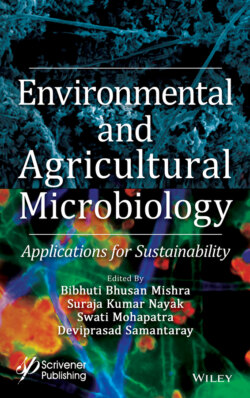Читать книгу Environmental and Agricultural Microbiology - Группа авторов - Страница 36
2.2.2 Toxicity to Plant Body
ОглавлениеHexavalent chromium diffuses across the cell membrane due to the structural resemblance of chromate ions to phosphate or sulphate. It can easily enter inside the cell and where the reduction takes place producing Cr(V) and then Cr(III) reactive oxygen species and free radicals [20]. Cr(III) is impermeable, so unable to cross the cellular membrane and prefers to bind the protein molecules available on the membrane surface with greater affinity causing DNA damage, inhibition of DNA replication, and RNA transcription [21]. Plant growth, development, and plant physiology (mineral nutrition, water relations, and photosynthesis) are greatly affected by hexavalent chromium [22]. The amount of chlorophyll (Chl) content, nitrate reductase activity, and δ-aminolevulinic acid contents were also reduced in plants growing in chromium contaminated soil [23]. Hexavalent chromium induces the inhibition of photosynthesis rate in terms of CO2 fixation, electron transport processes, enzyme activities, and photophosphorylation in plants [24, 25]. Bishnoi et al., (1993) [26] has observed that Cr(VI) was influencing the PS I and PS II by isolating the chloroplasts from peas. The direct effect of Cr exposure has also been found on enzymes or other metabolites that may cause increased oxidative stress and lipid peroxidation [27–29]. Consequently, herein, we can conclude three key roles of Cr on plants as follows:
1 (i) Production of a new metabolites to change the metabolic pool which would providetolerance of Cr stress (e.g., phytochelatins and histidine) [30].
2 (ii) Variation of the production in several pigments (like chlorophyll and anthocyanin) for the sustenance of plants [31].
3 (iii) Cr stress induces the production of metabolites like glutathione and ascorbic acid which may cause damage to the plants [32, 33].
